Syn.: Cacalia alliariae Gouan, Cacalia albida Cass. ex Schur, Cacalia albifrons L. f., Cacalia tomentosa Jacq., Cacalia hirsuta Vill., Cacalia petasites Lam., Adenostyles petasites (Lam.) Bluff et Fingerh., Adenostyles albifrons (L. f.) Rchb., Adenostyles albida Cass., Adenostyles hirsuta (Vill.) Fourr., Adenostyles kerneri Simonk., Eupatorium albifrons (L. f.) E. H. L. Krause
Family: Asteraceae Bercht. et J. Presl
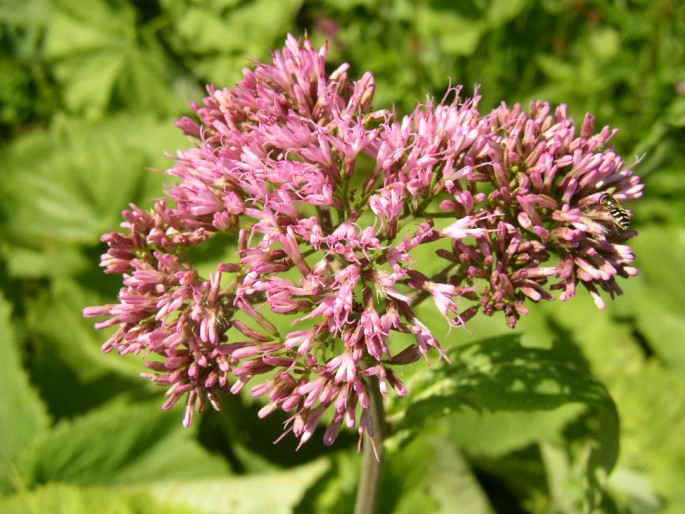
Distribution: Mountains of Europe, from Spain through Germany to Ukraine.
Ecology: It grows in forest margins, on banks of streams and damp rocky slopes. It blooms from July to August.
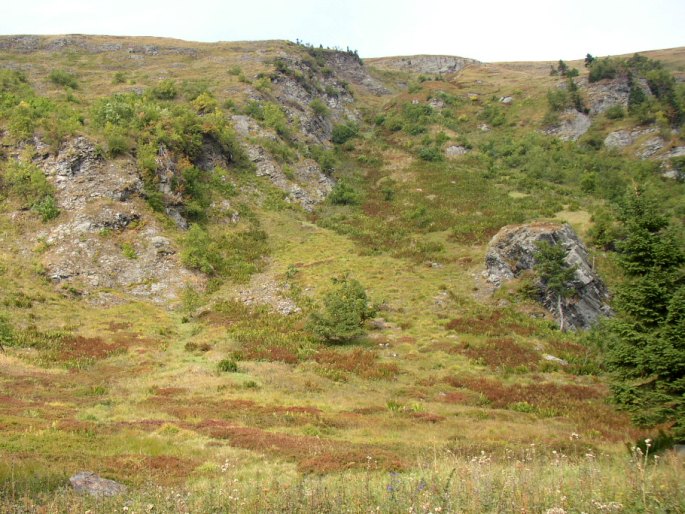
Description: Perennial herb, 60–150(–200) cm tall. Stems erect, stout, branched, often floccose. Leaves green on both surfaces, glabrous to rather sparsely arachnoid-pubescent beneath, lower leaves petiolate, 20–50 cm wide, triangular-cordate to reniform, with coarse, unequal teeth, upper cauline leaves sessile and semi-amplexicaul or petiolate. Capitula cylindrical; involucral bracts oblong, acute, glabrous, usually purplish, florets reddish-purple, rarely white. The fruit is an achene with pappus.
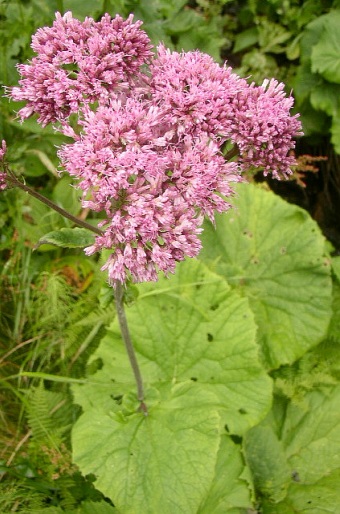
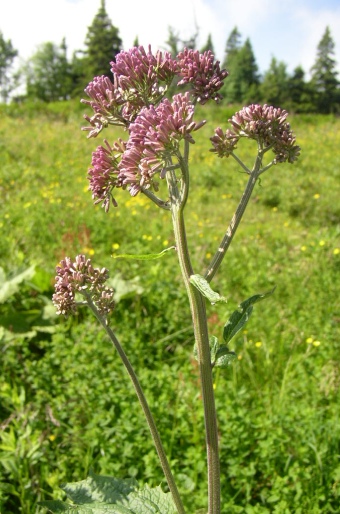
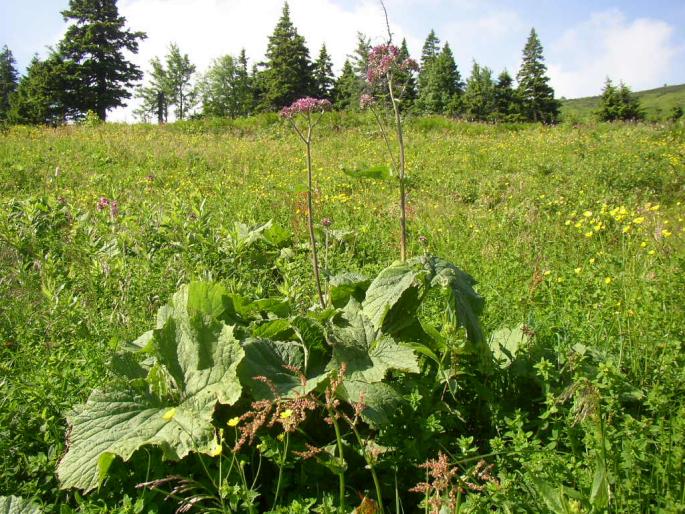
These images were taken in Czechia, Silesia, Hrubý Jeseník, Velká kotlina (10. 7. 2003 and 18. 9. 2004).


